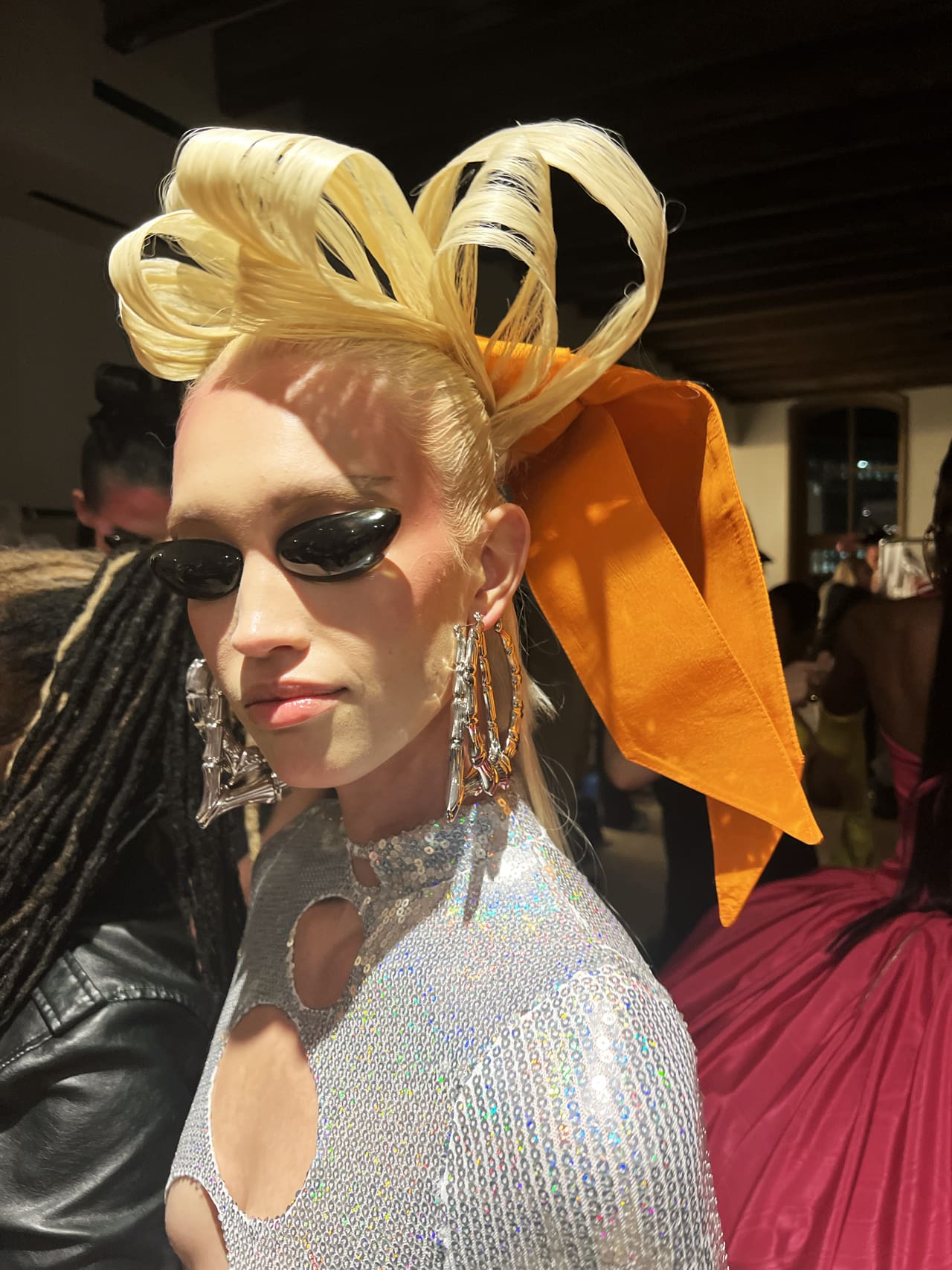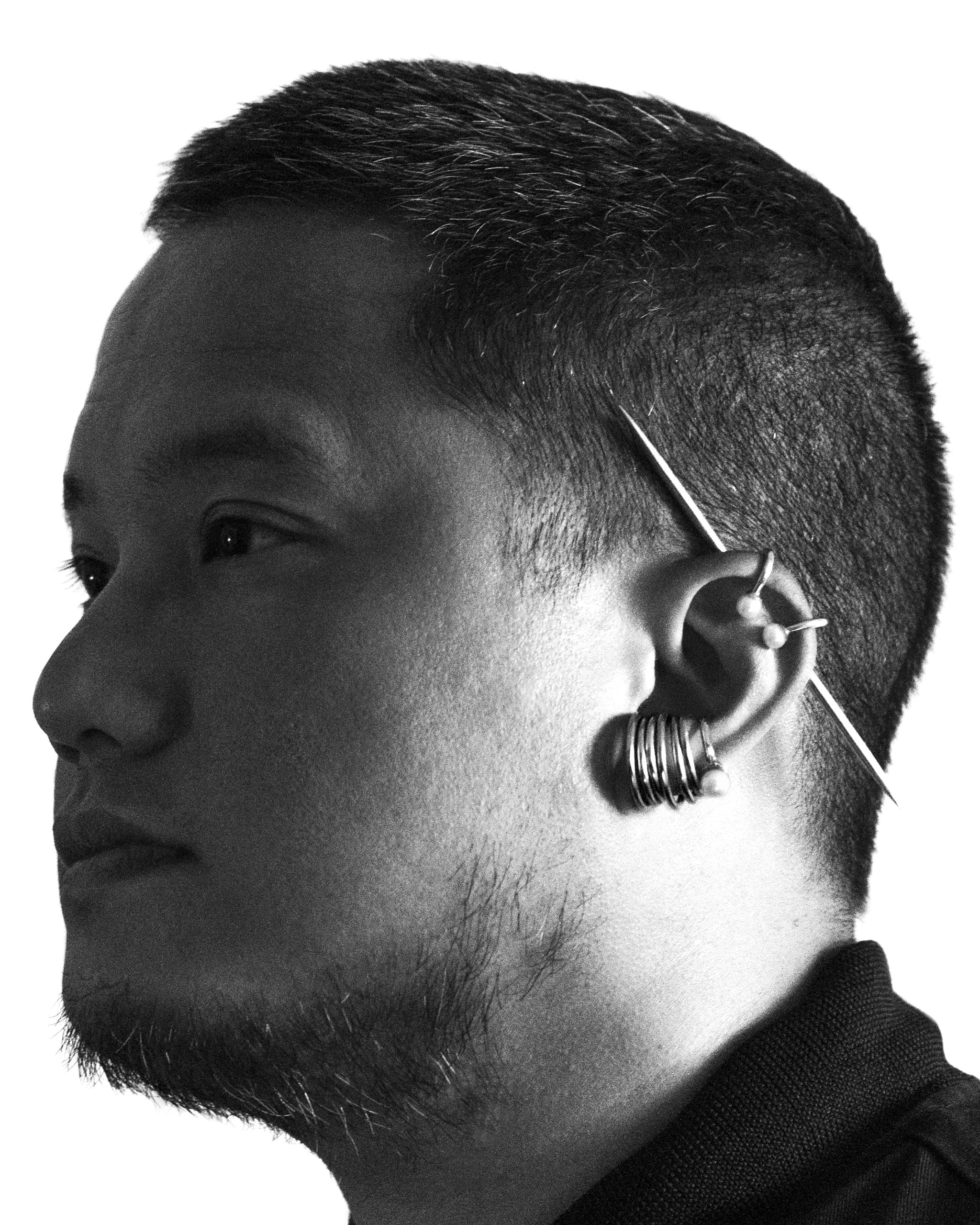Image courtesy of Chris Habana
Chris Habana is a master of enduring artistry. His secret? A playfully subversive instinct.
“I am a punker by nature,” designer Chris Habana says cheekily, fresh off of a successful New York Fashion Week run. The New York-based designer’s accessories landed on several runways this season—and all of them striking and edgy. Habana’s 3D-printed bustiers made their way to LaQuan Smith, a mirror chrome finish topped with a subtle, playful quirk: jeweled nipple piercings. Meanwhile, eye caps interpreted in a liquid, high polished black, lent an edge to the festive, froufrou ensembles at Christian Cowan. And at Theophilio, Habana’s intricate, carnivalesque headpieces stole the show. “I have always questioned the status quo,” he continues mischievously. “Once a rebel, always a rebel.”
This penchant for challenging standards figures prominently in his role as a jewelry designer. He launched his eponymous label in 2008, offering a unique array of unisex accessories inspired by a mishmash of punk, goth, and Indigenous cultures. Habana characterizes his wares as “pieces with a futuristic punk twist,” a genre of jewelry that he’s come to own. The label’s individuality has attracted a roster of esteemed wearers and partners, including Rihanna, Madonna, Kylie Jenner, and Nicki Minaj.
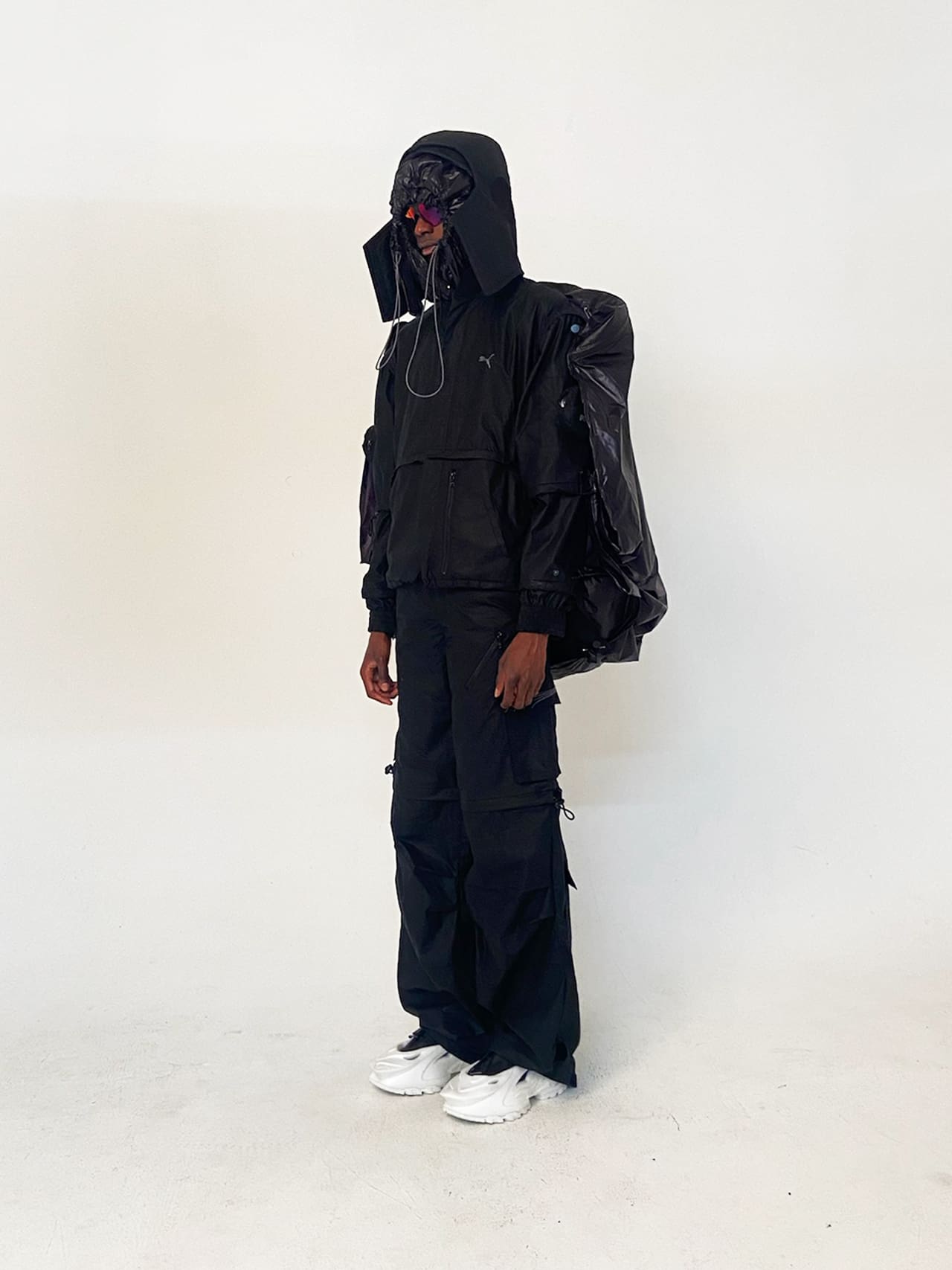
For Habana, punk and goth are subversive by nature, a way to rethink the norms. On the other hand, what draws him to Indigenous cultures are their interpretations of bodily adornments, which he feels are borne out of a need. “[It’s] not necessarily adornment for adornment’s sake,” Habana concludes. For him, the beauty of Indigenous ornaments is magnified because they are embedded with meaning and purpose.
Unsurprisingly, the designer also gathers inspiration from his heritage. A native of Las Piñas (a city in the Philippines’ capital region), he observed how Filipinos are a mix of ethnic backgrounds. This nuanced identity, he suspects, is what led him to a love for intertwining “different influences in [his] work to achieve a hybrid of new ideas.”


What arose from this practice of enmeshing cultures is a signature that collaborators are able to identify. Having honed a sharp sense of artistic direction, Habana has found confidence in accessory making as a medium.
“I love that with jewelry and accessories, you can create big statements without having to fit a body or cover it,” he shares. “It’s the exercise of creating a piece that may be smaller in scale but packs a big punch. It’s really a metaphor for how I have always approached my design career. Fly under the radar, but create an undeniable statement in the process.”
Habana’s distinctive style didn’t go unnoticed. More stylists began to pull and request items for their clients, and business started growing. “Truth be told, the brand’s business skyrocketed during the pandemic,” reveals the designer. Amid the rigid lockdowns and volatile regulations, what kept the label going was an exploration into uncharted mediums. If prior to the pandemic they focused on seasonal jewelry and eyewear, during the pandemic, the team began to devote a lot more time to custom pieces from different categories, including clothing and silicone pouring.
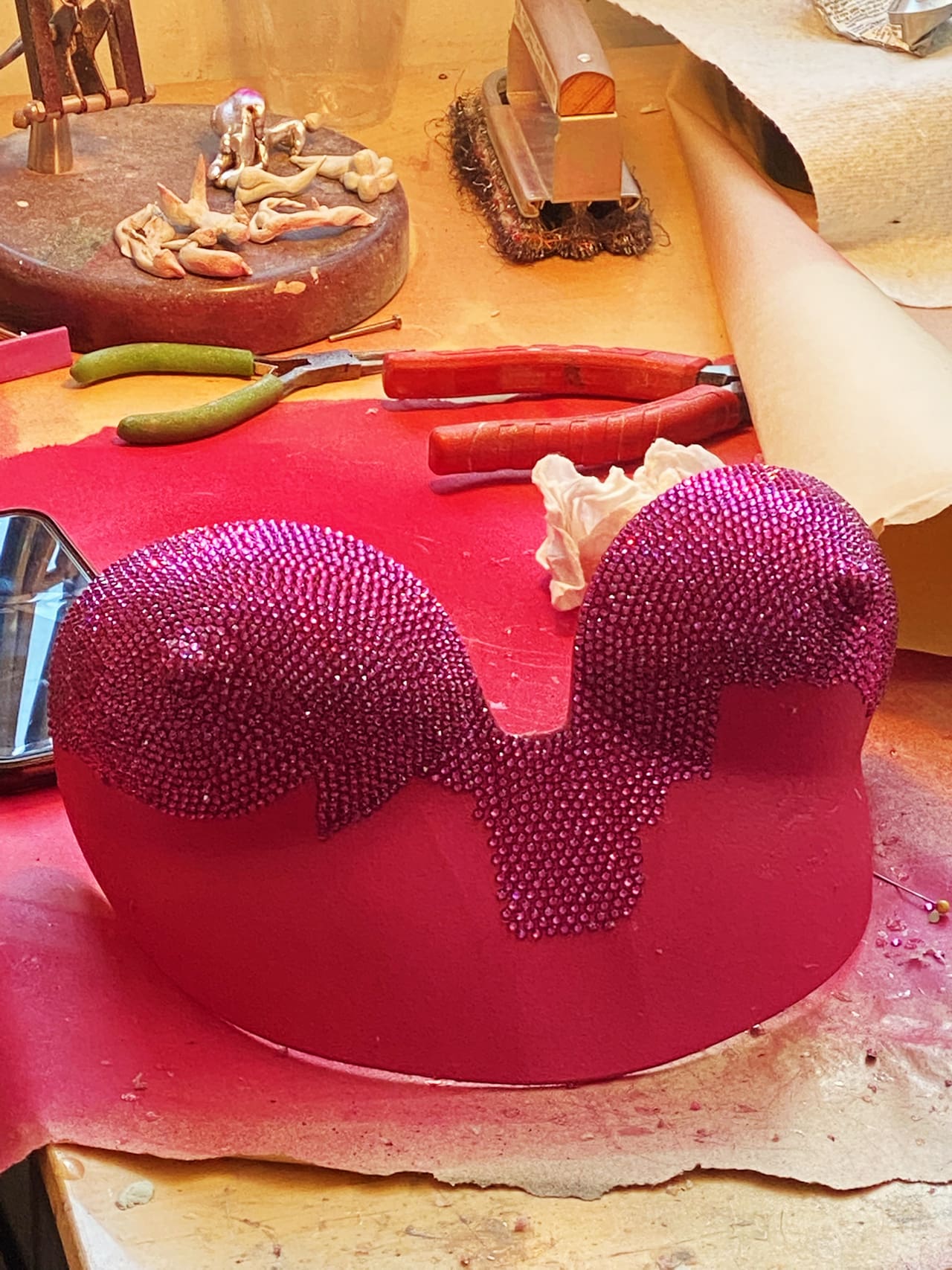
Thankfully, an increase in projects didn’t necessarily equate to an increase in products. To keep their carbon footprint to a minimum, CHRISHABANA proudly specializes in one-off, one-of-a-kind items, making almost every piece of jewelry to order. Even as Habana ventures into clothing, he maintains a made-to-order system.
“We recently delved into printed bamboo jersey pieces and work with an NY-based company called Resonance,” he shares. Every piece is only printed, cut, and sewn to order through a zero waste process, so the company isn’t holding on to unwanted mountains of stock.
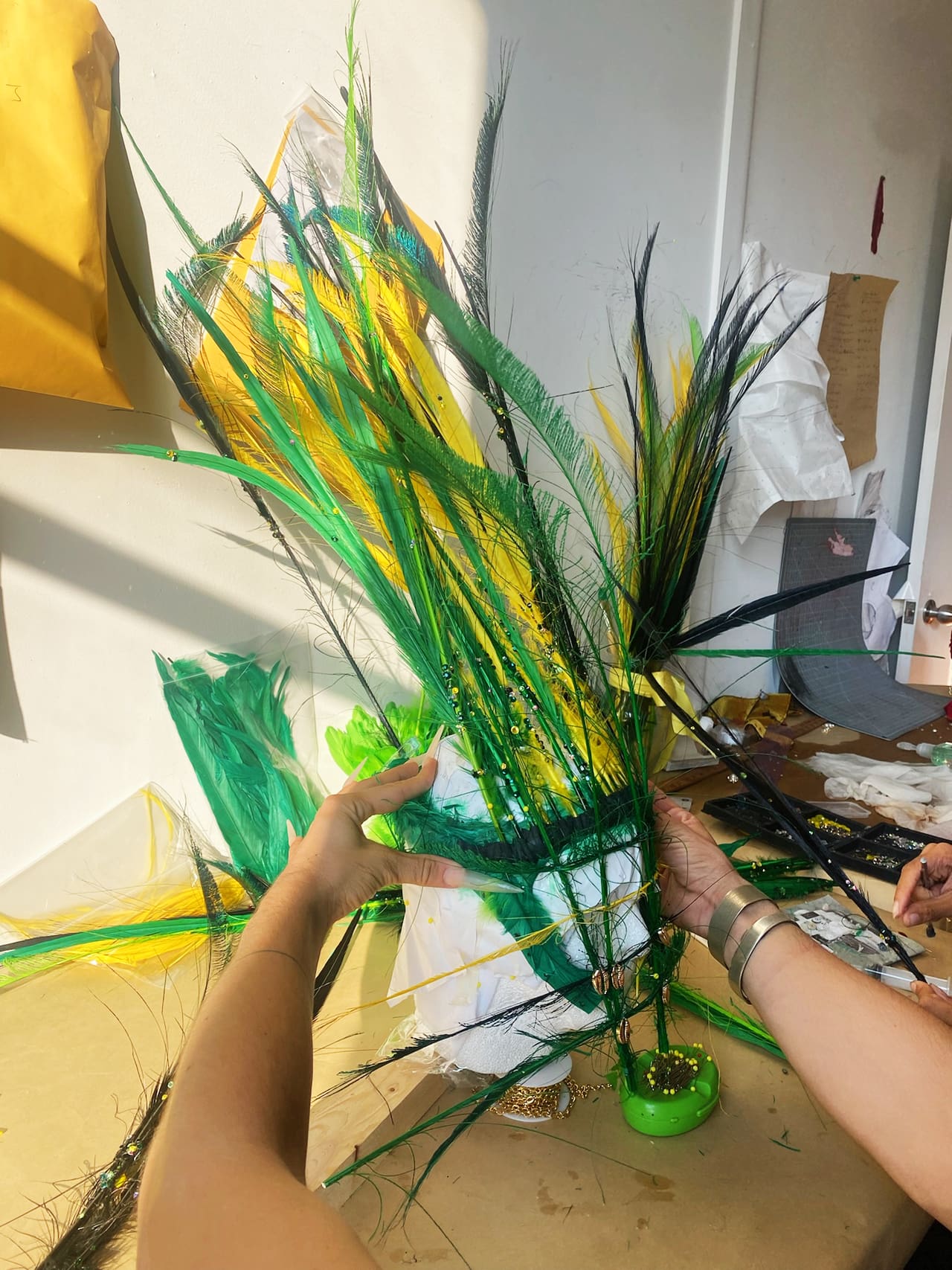

“Do unto others as you would have them do to you,” he says of sustainability for the environment, his brand, and his team. But without realizing it, he’s inadvertently made a statement of his identity too: he believes relationships thrive in both its giving and taking.
Perhaps it’s why, even though he references Philippine culture in his work, he tends to feel disconnected from his roots. Habana hasn’t come home to his motherland since relocating to the US in 1989. “I am even forgetting the language which is sad to me,” he admits.
Recently, he’s felt that it is high time for him to return and reinforce his racial identity. As he attempts to navigate this goal, he seeks out and cherishes opportunities to speak, work, and be involved with Philippine-based collaborators. He wishes to show the world that Filipinos are everywhere; that we affect and progress culture.
